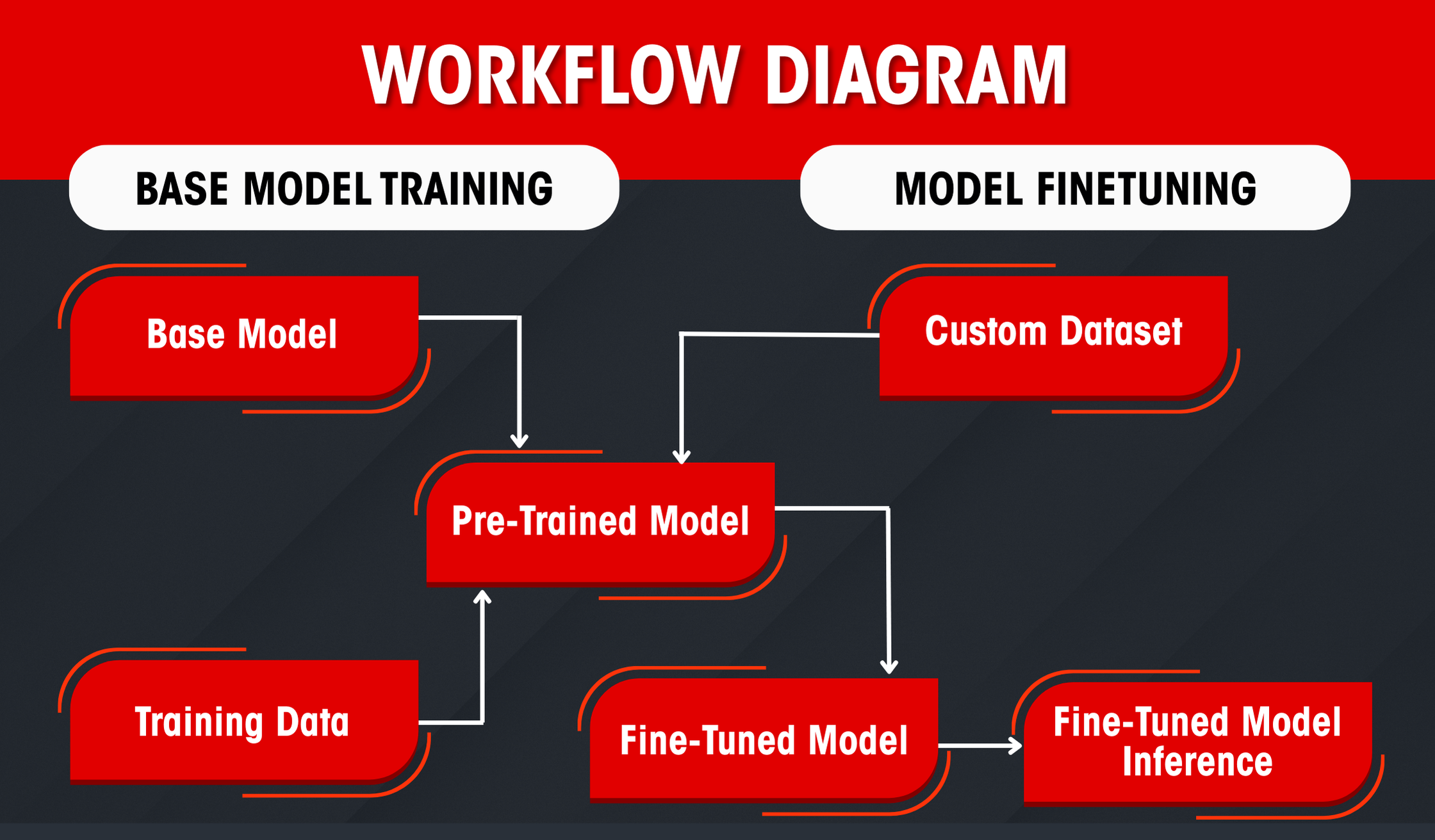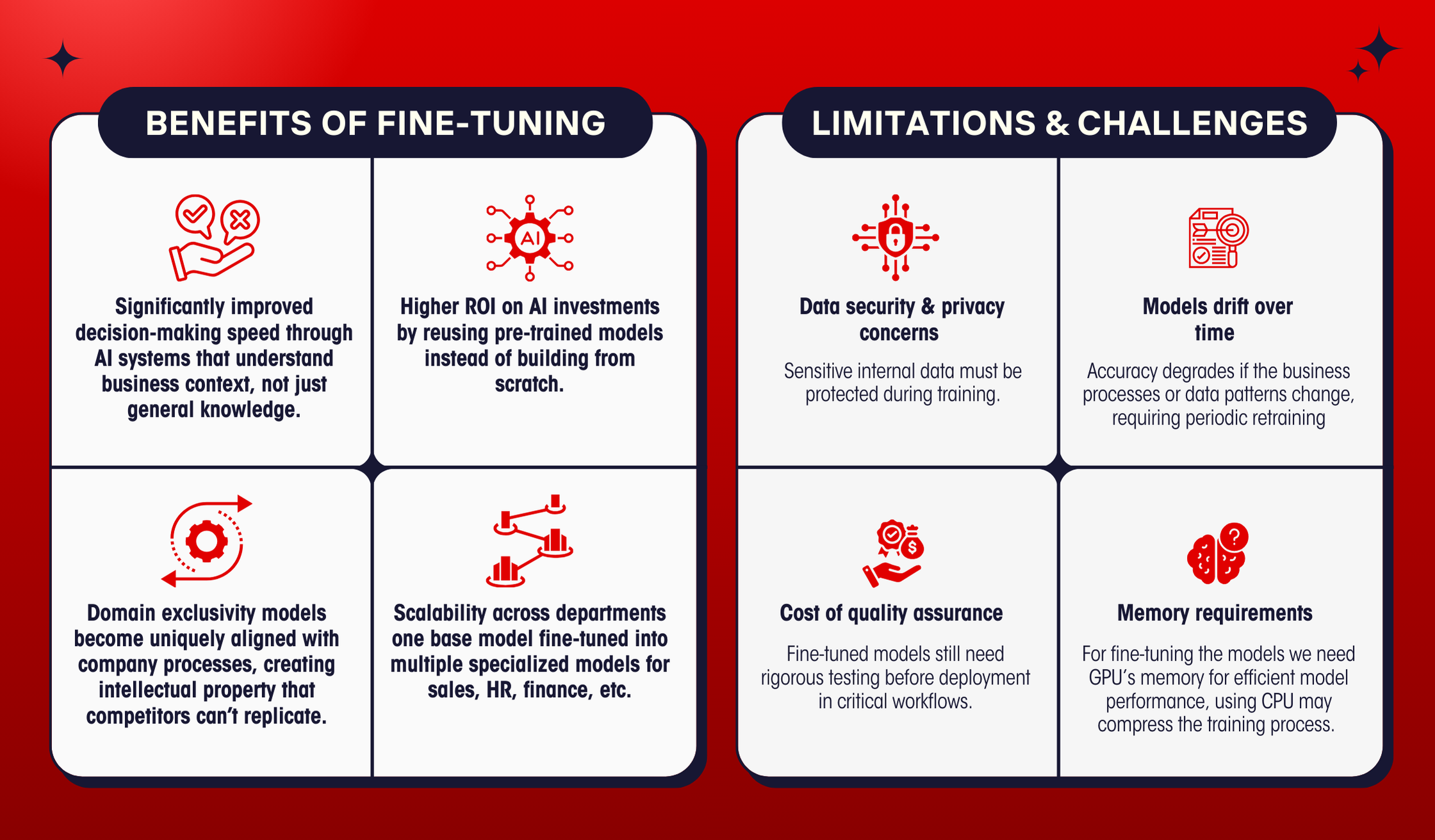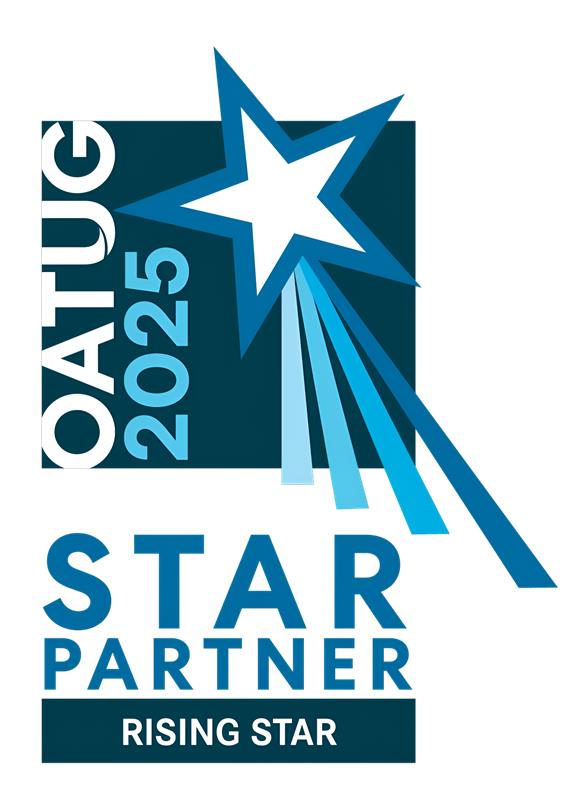Have you ever thought about building your own large language model (LLM) for a custom task something magical that understands your world perfectly? Many of us have had that spark of inspiration at some point. The idea of creating an AI that speaks your language, follows your workflows, and responds just the way you need it to it’s exciting.
But then comes reality:
Building an LLM from scratch is complex, time-consuming, and resource intensive. For most teams, the dream fades quickly. That’s where fine-tuning changes everything. Instead of starting from zero, what if you could take a powerful, pre-trained model and teach it your domain, your data, your goals? Fine-tuning makes that possible. It’s like customizing the brain of a super-intelligent assistant so it understands you.

Introduction:
Artificial Intelligence is powerful, but to truly make it work for us our domain, our language, and our users we need more than just out-of-the-box solutions. That’s where fine-tuning comes in. Think of it as teaching an AI model not just general knowledge, but your company’s language, systems, and goals. In this article, we’ll walk through what fine-tuning means, why it matters, how we use it, and where it fits into the bigger picture of applied AI.
What is Fine-Tuning
Fine-tuning is the process of taking a pre-trained AI model (like GPT, T5, or BERT) and retraining it on a smaller, task-specific dataset. This helps the model specialize in understanding specific domains, jargon, and patterns relevant to a business or use case.
It’s like hiring a smart new team member they already know a lot, but you still need to train them to follow your processes and use your vocabulary.
Importance of Fine-Tuning

Fine-Tuning Workflow

Let’s understand with a sample example:
Let’s say while working on a natural language task — for example, converting plain English into a SQL query using a large language model (LLM).
Now imagine the prompt is:
“List the completed orders in the past month.”
A general-purpose LLM might return a syntactically correct SQL query because it understands SQL structure and grammar. However, it won’t necessarily return a semantically correct or executable query. Because the model doesn’t know the schema of your database it doesn’t know:
- What are the table names (Is it orders or sales_orders?)
- What “completed” means (Is it a status column? What values represent completion?)
- Which column tracks dates (Is it created_date, order_date, or something else?)
In this case the sample output we may get is,
“SELECT * FROM orders WHERE status = ‘completed’ AND order_date >= DATE_SUB (CURDATE (), INTERVAL 1 MONTH);”.
In this case, the model interpreted “status” as a column and “completed” as a value, but it was unclear whether the table name was “orders” or “sales_orders.” This highlights the ambiguity in selecting table names, column names, attributes, and values.
The structure is correct, but this query fails.
- Why? Because the model doesn’t know your data.
- The correct table is actually called “sales_orders”
- The status column uses ‘Closed’ instead of ‘completed’
- The date column is “created_on”, not “order_date”
This is where fine-tuning comes in and where different techniques help you train the model to speak your language, learn your schema, your vocabulary, and your logic to generate not just correct code, but context-aware, business-ready solutions.
Now let me walk through you with the few fine-tuning techniques how actually helps us in fine-tuning tasks,
1. LoRA (Low-Rank Adaption)
What if you want to fine-tune a really big model like one with billions of parameters but you don’t have a data center?
QLoRA is your tool.
LoRA as the name suggests, is a Low Rank Adaption technique; it introduces small trainable low- rank matrices while keeping the base model frozen.
LoRA is like slipping a few sticky notes into a giant textbook.
Instead of rewriting the whole model, you insert small trainable layers LoRA matrices that quietly learn your patterns.
When you train LoRA with your examples:
- It learns that “completed” = ‘Closed’
- It understands that “orders” refer to sales_orders
- It memorizes that “past month” = filter using created_on
These small changes plug into the original model and subtly shift how it behaves just enough to get things right for your domain.
This approach is limited by memory constraints, as handling a large number of parameters can require substantial GPU resources. To mitigate this, 4-bit or 8-bit quantization can be used.
2. QLoRA (Quantized Low-rank Adaption)
What if you want to fine-tune a really big model like one with billions of parameters but you don’t have a data center?
QLoRA is your tool.
It works just like LoRA but adds quantization shrinking the model’s memory footprint to 4 bits / 8-bits while preserving its brainpower.
When you fine-tune using QLoRA:
- You can train on massive prompt variations like “closed”, “done”, “fulfilled” all mapped to ‘Closed’
- You can fit schema awareness into low-resource environments (even Google Colab)
- You get smarter outputs without spending on huge GPUs.
3. Adapter based Fine-tuning
Adapters are like browser extensions for your AI model.
They sit inside the model like tiny assistants, learning only your business logic while the rest of the model stays untouched.
In training:
- Adapters learn your internal table names and columns
- They translate “completed” into ‘Closed’ even if the term changes across departments
- They help the model stick to your organization’s terminology You can even have different adapters for different clients, departments, or schemas and swap them in without retraining the full model.
Your base LLM remains powerful and general, but whenever it needs to do your tasks, it plugs in an adapter like switching from “general-purpose” to “expert mode.”
Rapidflow in Action:
Whether you’re looking to build powerful AI Agents using Oracle AI Agent Studio enabling you to create intelligent agents that respond to any kind of knowledge base you provide, even without being a pro programmer for your business or personal use, or you want Genai seamlessly integrated into your Oracle on-premises applications, we’ve got you covered.
Or perhaps you need an embedded chatbot on your business website to simplify information access acting as an intuitive navigator that delivers accurate, instant responses directly from your website’s content.
If your goal is to develop a custom-trained model possibly a large language model trained on your specific data we’re already doing it, and we can take it even further for you.
With our expertise, you don’t just get AI solutions you get innovation in action.

Conclusion
Fine-tuning is not just a technical upgrade it’s a strategic move. It transforms general-purpose AI into domain-aware assistants, analysts, and agents. As we continue to build and deploy AI solutions tailored to our needs, fine-tuning remains a critical part of the journey helping the “brain” of AI truly understand our world.




